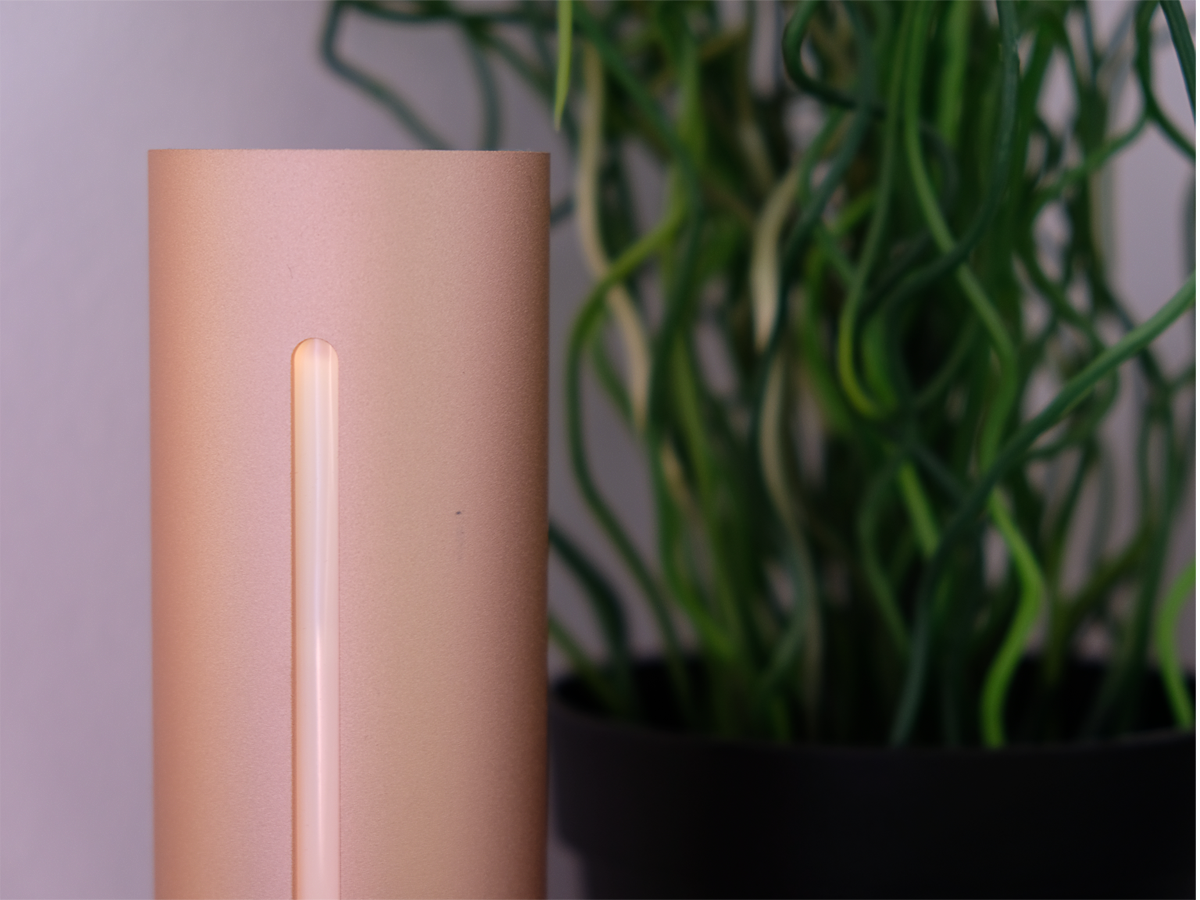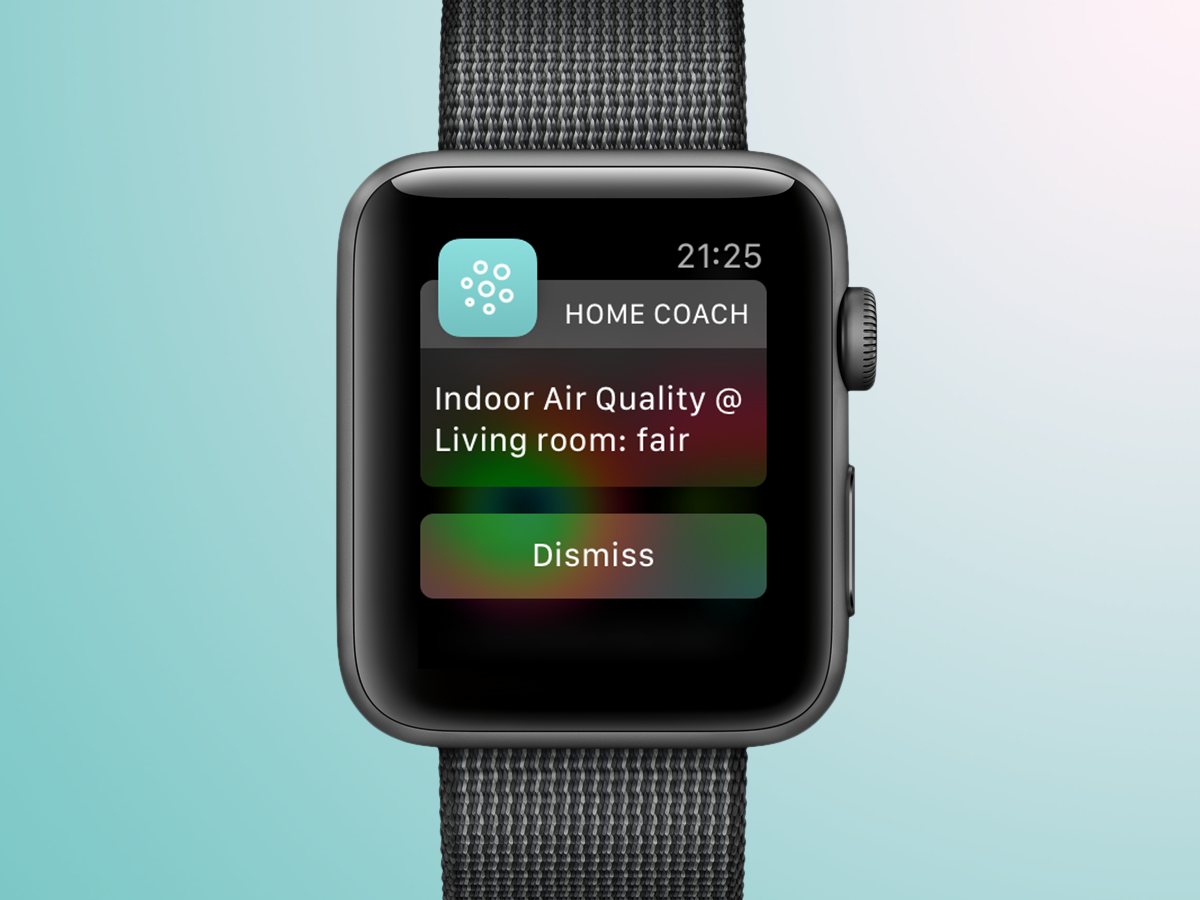Netatmo Healthy Home Coach review
This home health monitor needs more gadget friends to play with...

Your poor house has looked on jealously as you monitor your health with fitness trackers and smart scales.
What about its wellbeing? Well, Netatmo’s Healthy Home Coach is, as the name suggests, here to be a kind of Fitbit for your house.
It can’t tell you about the state of your brickwork or plumbing – you’ll still need a building surveyor for that.
Instead, this attractive little cylinder is can track the four big invisible things: temperature, humidity, air quality and noise.
If any of these go skewiff, you’ll get advice on how to fix them. Of course, you might point out that the human body already has built-in sensors like ears and skin to track this kind of thing, so why do you need a gadget to do it for you?
Without many gadget friends around to act on the Home Coach’s advice, all we can say right now is ‘valid point’…
Design: that’s nice, what is it?

Before we explore why the Healthy Home Coach currently falls short of its potential, let’s just admire its lovely design.
If you’re familiar with the Netatmo Welcome then you might recognise the Home Coach because it’s, well, identical. At least in size – there’s no camera, of course, and it’s only available in rose gold.
When you touch the Home Coach, it gives you a colour-coded verdict on the overall comfort of your room – blue for healthy, down to red for ‘you appear to be living inside a volcano’.
It’s certainly a charmingly mysterious cylinder and one of the better-looking air monitors out there. But that doesn’t mean it’s the best…
App and features: minimalist design, minimal features
The Home Coach’s companion app is as minimalist and polished as its hardware.
The main dashboard shows the readings for your temperature, humidity, air quality and noise, with a rating for each.
What’s the baseline for ‘good’ and ‘poor’? This changes depending on which profile you have set up. In the settings you can choose between ‘whole family’, ‘baby’ and ‘asthmatic’. While this is a nice touch, in reality all that changes is that the humidity and temperature alerts are slightly stricter for ‘asthmatic’ and ‘baby’.
The app’s other main feature is ‘timeline’. Like smart security cams, this lets you scroll back through the last 24 hours of reading to see how they’ve changed over time.
It’s a shame there’s no option to look back further than this – I’d have been interested to see how my readings for, say, humidity change across the month, so I can see how effective my dehumidifier is at different times of year. What do you mean I’m boring?
While the app’s simplicity makes it a breeze to use, it’d have been nice to be able to drill down into its readings a bit more and get more detail on air quality. The Foobot, for example, gives you breakdowns on particulate matter and volatile compounds, as well as the Home Coach’s CO2 ppm (parts per million). To be fair, it does also cost almost twice the price of the Home Coach.
Performance: accuracy isn’t everything

Here’s the main problem with the Home Coach – its readings are perfectly fine, but to become truly useful it needs some smart home connectivity that, right now, simply isn’t there.
The readings across all four areas almost exactly matched the ones from my Canary security camera (which has built-in temperature, humidity and air quality sensors) and Tado thermostat. And it was very responsive to big changes in noise, if not more subtle ones like air quality or my occasionally vociferous neighbours.
The trouble is, being told that you should cool down your baking lounge because it might you a headache, or that it’s time to switch your dehumidifier on, isn’t particularly useful.
What would be cool is the Home Coach automatically turning my dehumidifier on and off via a smart switch, or starting up a white noise machine if it senses a subtle but sleep-disrupting noise. To do that, it smart home connectivity…
Connectivity: home alone

This is why the Home Coach is compatible with Apple HomeKit. But in the UK at least, HomeKit is still suffering from a major dearth of smart home gadgets, beyond lights and thermostats.
Much more useful would be IFTTT-compatibility to let you plug in the gaps yourself, but this is something the Home Coach bizarrely lacks, even though siblings like the Netatmo Welcome have long had their own channels.
The Home Coach is compatible with the Apple Watch, so you can ask Siri for updates and get notifications without pulling out your phone. But again, that’s a bit like some icing on an undercooked cake.
Netatmo Healthy Home Coach verdict

The Home Coach illustrates the main problem with today’s smart home – it’s so fragmented that, in many cases, it’s still a bit dim.
This doesn’t matter so much for standalone gadgets like security cams, which can do their thing while connectivity slowly improves. But conduits like the Home Coach can feel like conductors without an orchestra.
Of course, no current home monitor is capable of delivering the dream of fully automated fans, humidifiers and white noise machines. But at least more expensive rivals like the Foobot and Awair have maturing IFTTT channels let you plug the gaps better than HomeKit.
Until the Home Coach gets similar connectivity, it’ll remain a £90 cylinder of potential.
Stuff Says…
Without more gadget companions, the Home Coach is only halfway smart
Good Stuff
Looks lovely and mysterious
Largely accurate
App is simple and slick
Bad Stuff
No IFTTT compatibility
Not enough gadgets work with it
Other home monitors offer more depth



